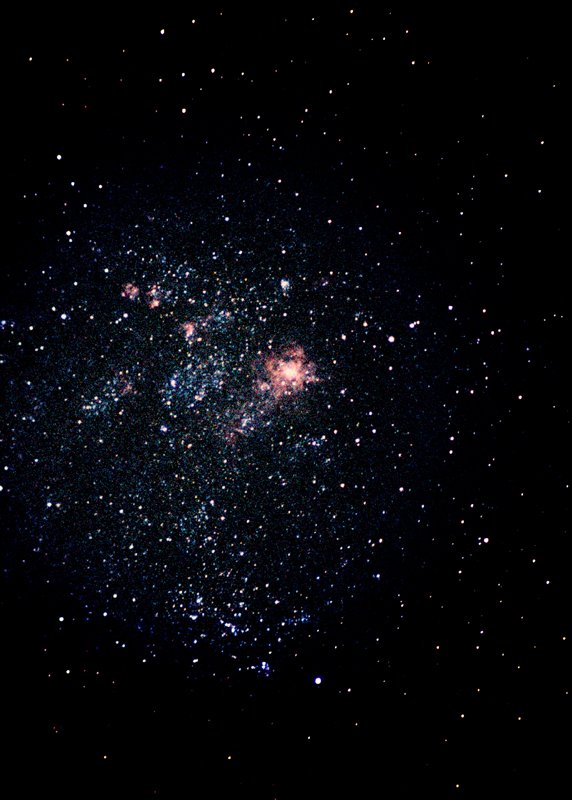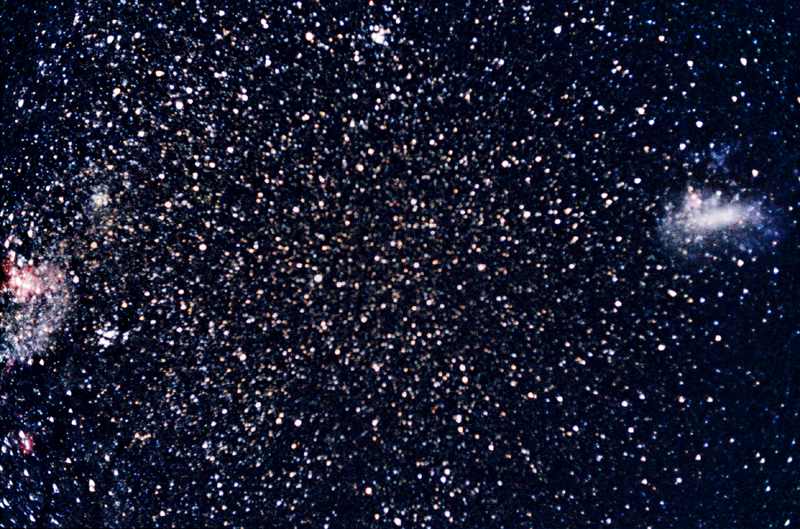
15 minutes exposure, Fuji Provia 1600 slide film.
50mm f/2 Nikkormat lens.
February 13, 1987
In the middle of February 1987, one of the most exciting astronomical events of the past 100 years occurred when a naked eye supernova burst onto the astronomical scene. It was located in the Large Magellanic Cloud, which provided southern hemisphere observers with a fantastic view. As the first naked-eye supernova in nearly 400 years, it caused great excitement amongst astronomers, myself included. I first head about the supernova on February 13, and was able to observe and photograph it that night.

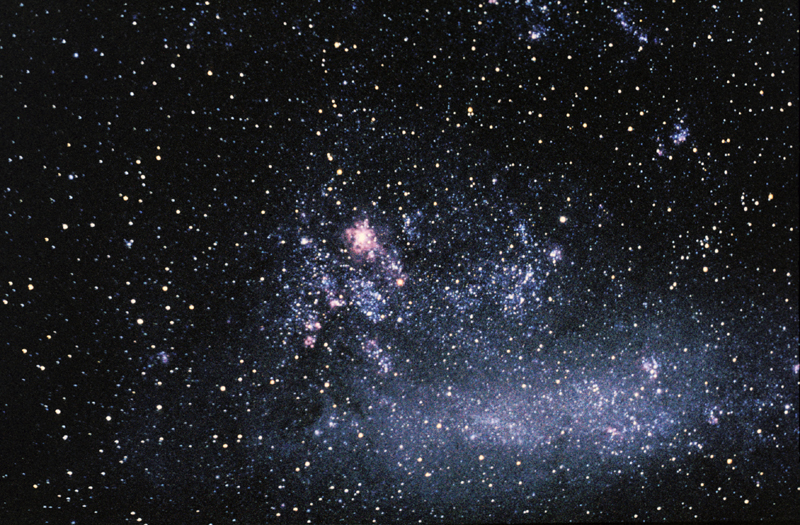
On that night, the supernova was around magnitude 4 and a very deep orange colour.
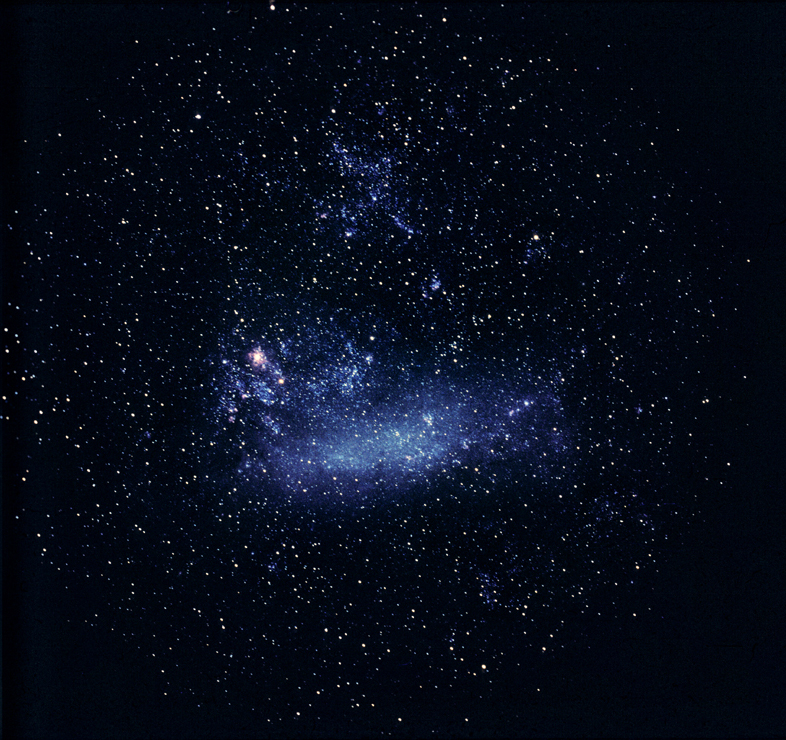
On February 15, the supernova had brightened to around magnitude 3.7 and was still a very deep orange colour.
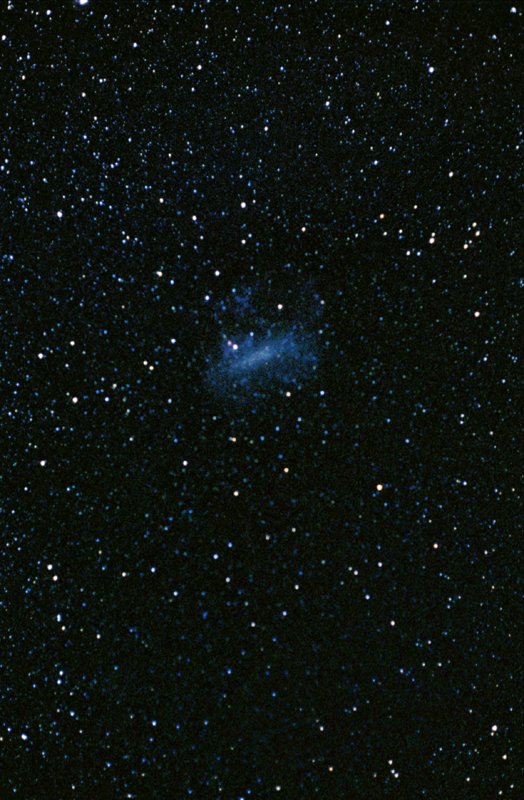
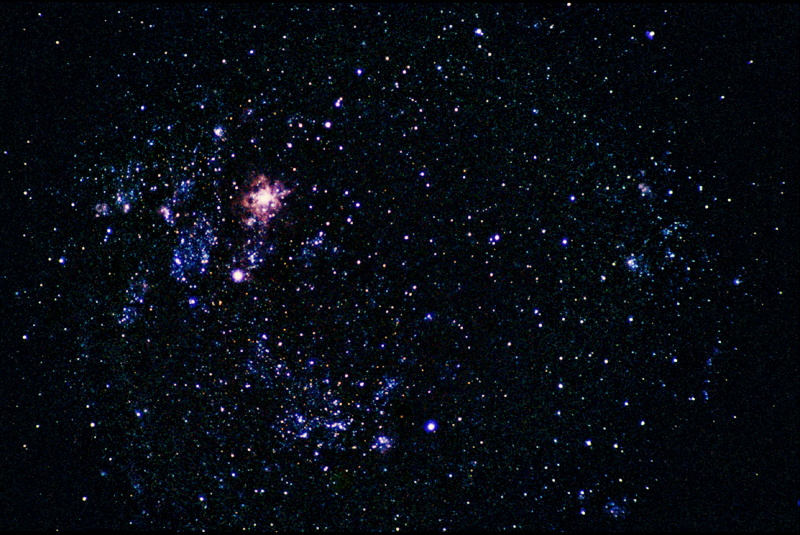
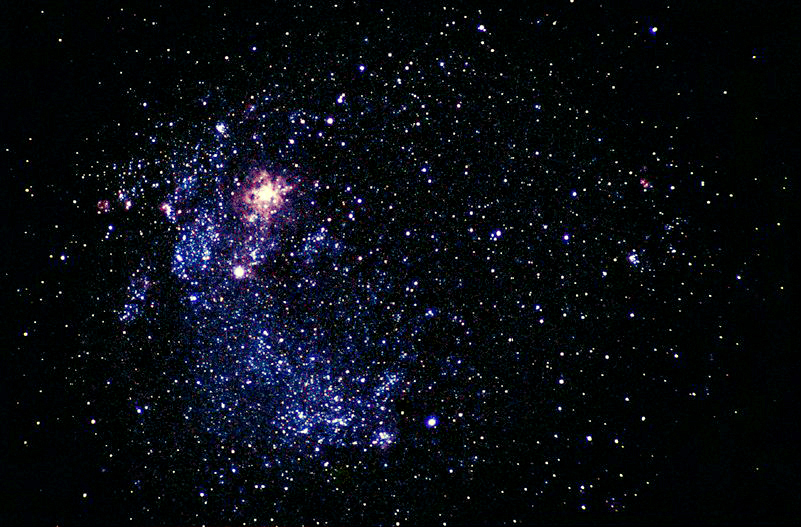
The next night I was able to photograph the supernova was on February 25. By then the supernova had brightened to magnitude 3.1 and was becomming more white.
The supernova continued to brighten very slowly for several more weeks, finally reaching magnitude 2 by the end of March, and becomming a brillient white. However during this time it had to share time with work and with the naked eye comet Wilson 1986l. As a result, I could not devote very much time to observing it. I obtained two more photographs during March which showed how little the supernova had changed.
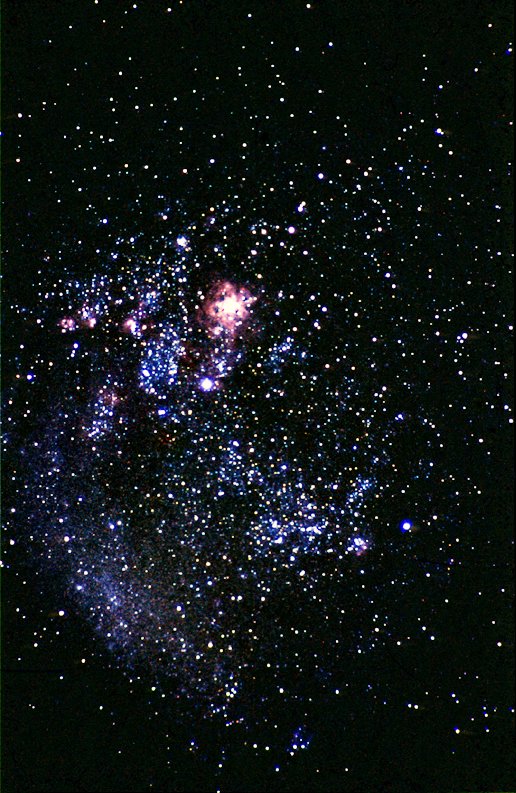
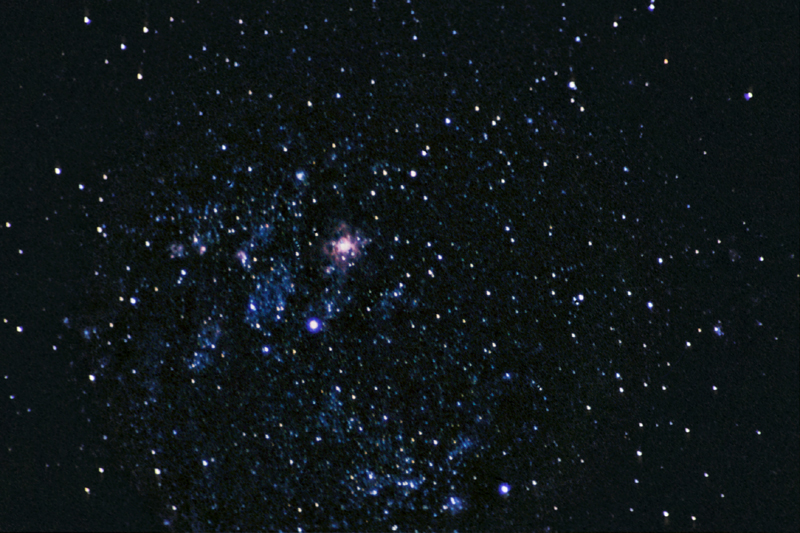
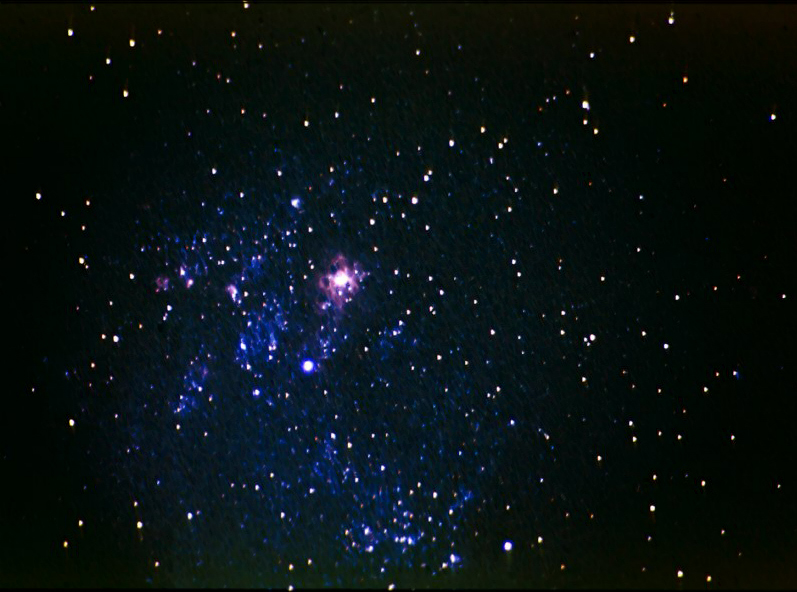
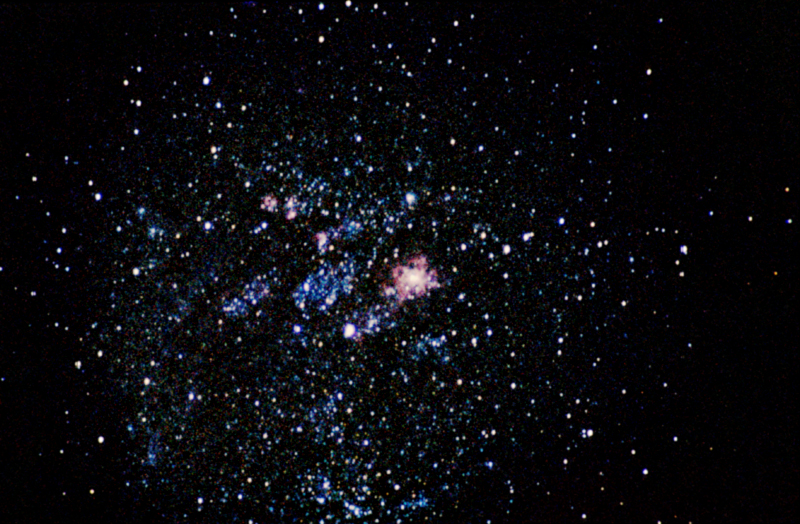
By April 4, the supernova was at its peak brightness and made a wonderful sight in the telescope or binoculars, especially being so close to the Tarantula Nebula.
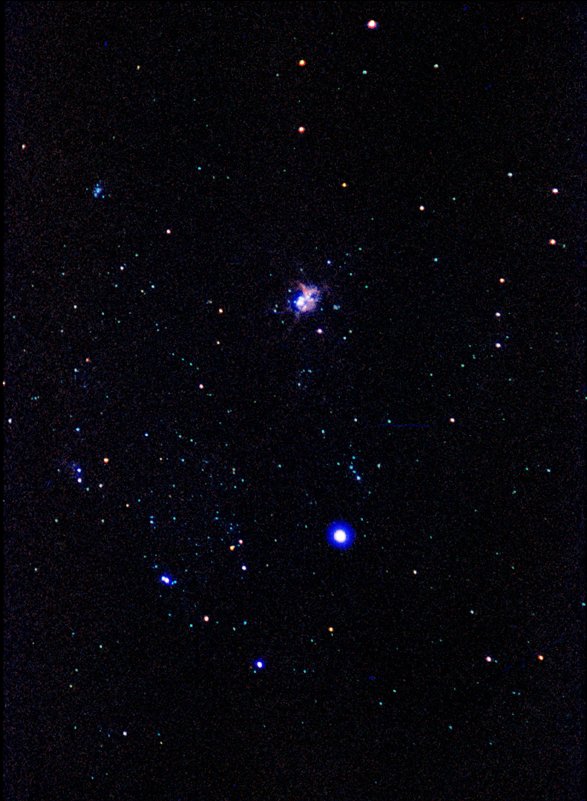
After early April, the supernova remained at magnitude 2 for several weeks, and interest in it as an object to observe gradually waned. However on May 4 and 5, comet Wilson passed only a couple of degrees from the LMC and the supernova, and so here was a very unique conjunction. A naked eye comet passing a naked eye galaxy containing a naked eye nebula and a naked eye supernova. Since this time also coincided with the maximum of the eta aquarid meteor shower, two friends and I decided to travel to Meeline Station for a two week observing trip. However, when we arrived we found that the weather was not co-operating! On May 4, we rendevoused in Mt Magnet with Japanese astrophotographer Akira Fujii and tried to observe the conjunction. Unfortunately, our view of it was spoiled by cloud. Eventually after studying the weather charts, we decided that it would be several days at least before the clouds cleared, so we decided to head elsewhere. Mr Fujii headed south as he only had a few days before he had to return to Japan. My friends and I had a little more time, so we headed north to the tropical paradise of Broome. In the end, we both found wonderful weather and observed the conjunction. Unfortunately, without Mr Fujii, we had no way of taking guided photographs, so the only photograph I obtained was on that night near Mt Magnet, through the clouds! :-( However it is possible to see the conjunction despite the interference.
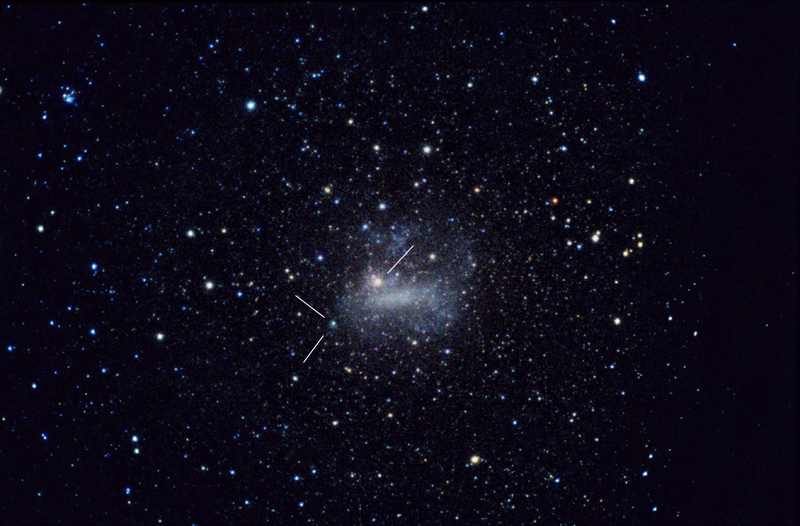
The top line points to the location of supernova 1987A, alongside the Tarantula nebula, while the comet is between the pair of lines.
After May, the supernova began to slowly fade and by the end of winter, it was below naked eye visibility.
The following photograph was taken in 1990, long after the supernova had faded. It is interesting to campare this image with those taken when the supernova was visible.
